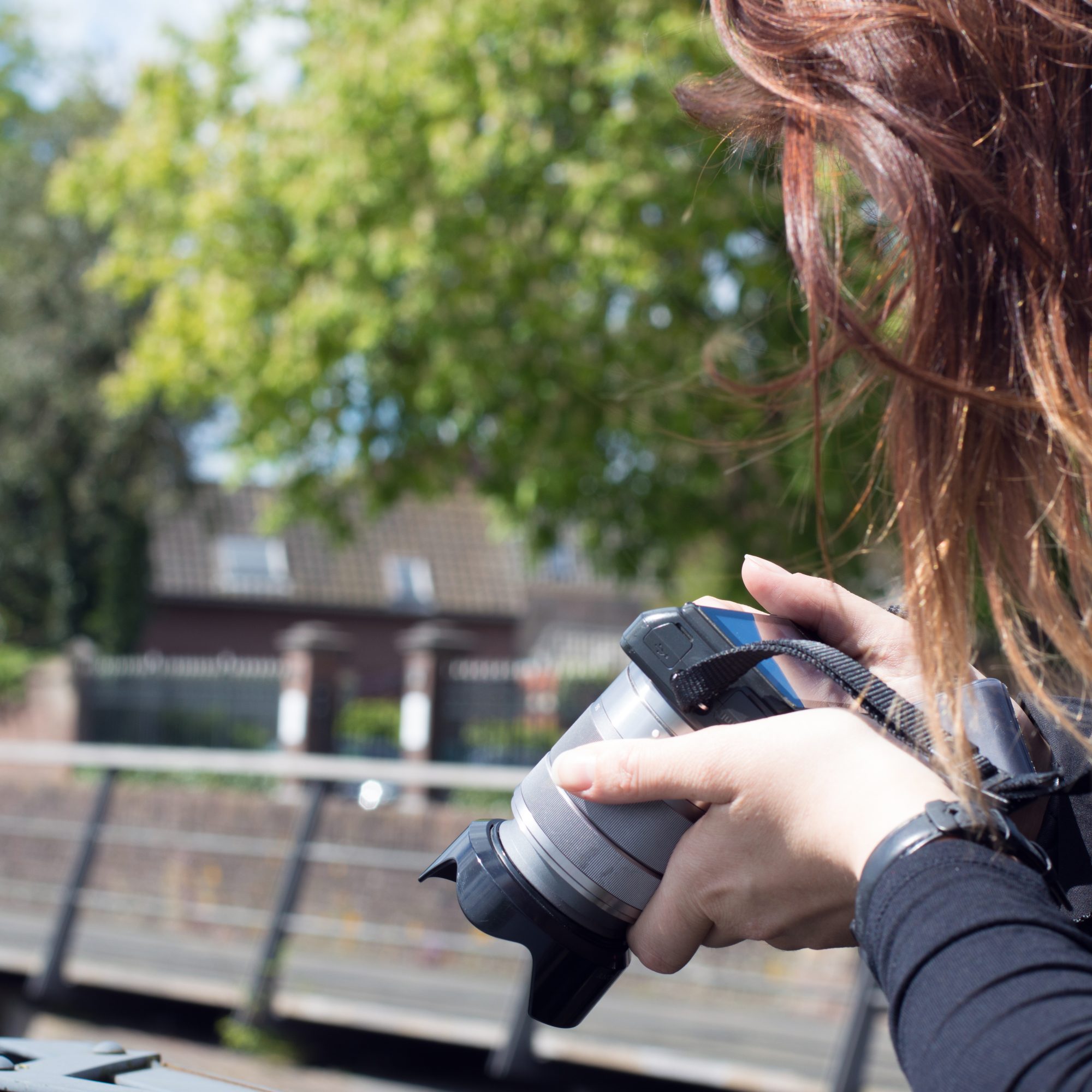Imagine, a few years back I was seated across from one of my mentors, an acclaimed landscape photographer. We were flipping through some of my photo albums – not my best work, I admit. He had a habit of peering over his glasses, and in one of those moments, he quipped, “Do you know why your photos lack that ‘wow’ factor? It’s because you’re ignoring the rules of thirds.”
Confused? Let me explain. Ever wondered why some images seem to pull you in, while others, despite having great elements, just don’t? The answer often lies in the composition, specifically the rule of thirds. This is a fundamental concept in photography which, when employed properly, can take your photos from ordinary to extraordinary.
What Exactly is the Rule of Thirds?
Let’s picture this together. Imagine drawing a tic-tac-toe grid on an image. The rule of thirds suggests that you should position the most important elements in your scene along these lines, or at the points where they intersect. This method adds balance and interest to your photo.
Pulling from my personal experience, when I first started implementing the rule of thirds, I really began to see a difference. I felt like I’d been let in on some great secret. My photos had depth, they ‘popped’. Folks started to take notice – my ‘high low key’ photography in particular. For a great example, you can check out my piece on high and low key photography understanding the contrast.
Applying the Rule of Thirds
Now that you understand what the rule of thirds is, let’s talk about how to apply it. While framing your shot, visualize that tic-tac-toe grid and place your subject along those lines, or at the intersections. It’s a simple guideline that can dramatically enhance your composition. And don’t worry if you can’t get it perfect in-camera, you can always reposition your elements during post-processing.
Take a look at portraits, for instance. By positioning the eyes of your subject along the top grid line, and ideally at one of the intersections, your photo can instantly become more engaging. This technique accentuates the gaze of the subject, making them more compelling to the viewer.
Breaking the Rule of Thirds
But wait! Here’s where we throw in a little curveball. The rule of thirds is a fabulous tool in your photography belt, but it is not a law. If all photography strictly followed the rule of thirds, our visual world would become quite predictable, wouldn’t it? Sometimes, the most stunning photos are the ones that dare to break rules. It’s all about finding that creative balance.
In breaking the rule of thirds, you might choose to place your subject smack-dab in the center of the frame for a symmetrical composition, or even off to the side for a minimalist aesthetic. Or perhaps you might ignore the rule altogether to create tension or make your viewer feel uncomfortable. The key here is intentionality. If you’re going to break the rule, do it deliberately. Show the viewer that you didn’t just forget the rule of thirds – you’re choosing to defy it.
Final Thoughts
The rule of thirds is a powerful technique that can majorly up your photography game. It provides a way to create well-balanced and engaging photos. But remember, art is subjective. The rule of thirds can be an excellent guide, especially when you’re starting out. However, never let it hamper your creativity. Your style, your interpretation, your rule.
Now, armed with this knowledge, I challenge you to go out there and capture some stunning compositions, adhering and breaking the rule of thirds. Can you create something compelling, something that makes the viewer stop and stare? I bet you can. Let’s see what you’ve got.


0 Comment